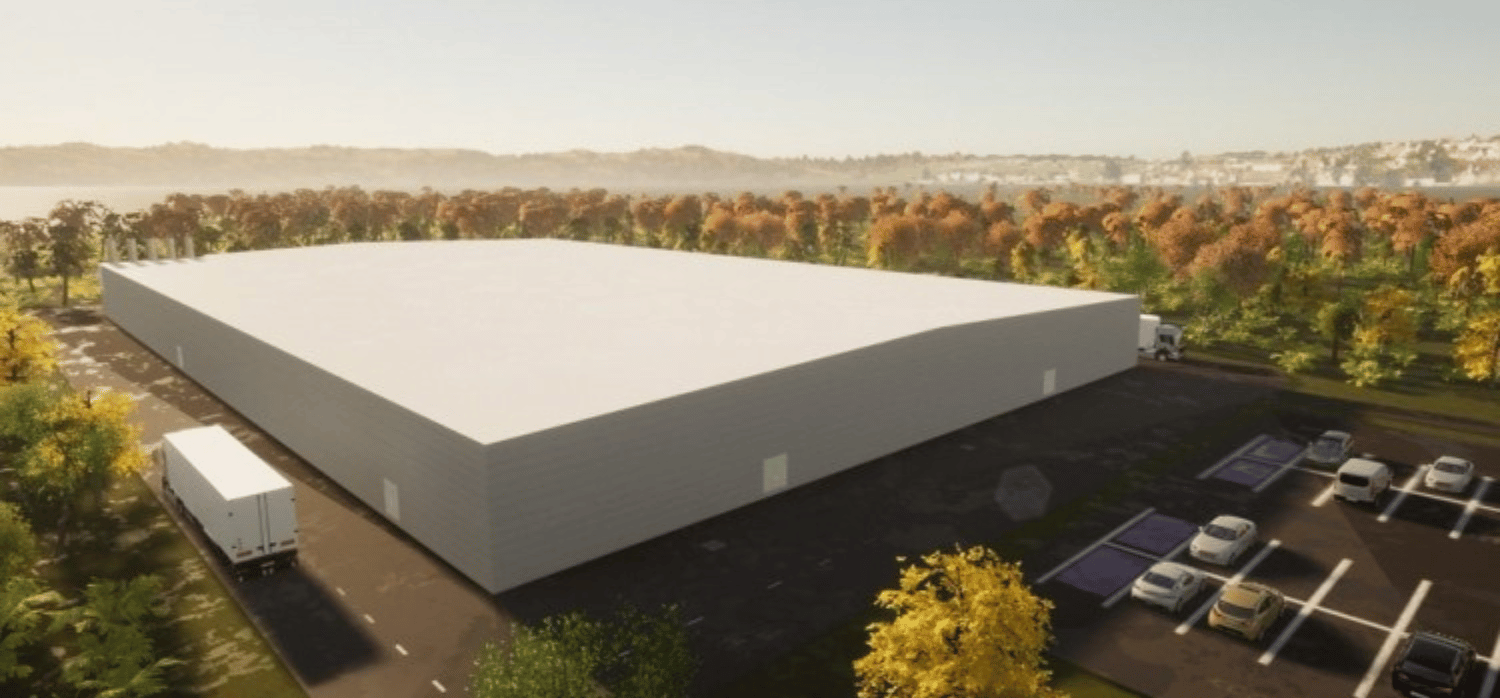Computer vision, automation, and machine learning boost insect farming

Insect farming is a rapidly growing industry, thanks to the increasing demand for a sustainable, nutrient-dense protein source. To meet this demand, new technologies are being used to improve efficiency and speed up the process of insect farming. This includes the use of computer vision, automation, and machine learning.
Computer vision is being used to identify and track insects in order to optimize the harvesting process. Automation, such as robotic arms, are then used to carry out the harvesting. Through machine learning, data from the cameras can be used to accurately predict when an insect is ready to be harvested.
Insect farming has many environmental benefits. It requires fewer resources than traditional livestock farming, as insects need less water and land. Additionally, insects produce far fewer emissions than other livestock, which means that insect farming has the potential to help reduce our global carbon footprint.
Innovative solutions are also being developed to further improve efficiency. For example, vertical farming techniques are being used to increase the amount of insects that can be produced in a single space. Additionally, drones are being used to monitor crops and reduce the need for labor.
Overall, the use of computer vision, automation, and machine learning is revolutionizing insect farming and making it more efficient and sustainable than ever before. By utilizing these technologies, insect farms are able to meet the increasing demand for a sustainable protein source while reducing our impact on the environment.
Read more here: External Link